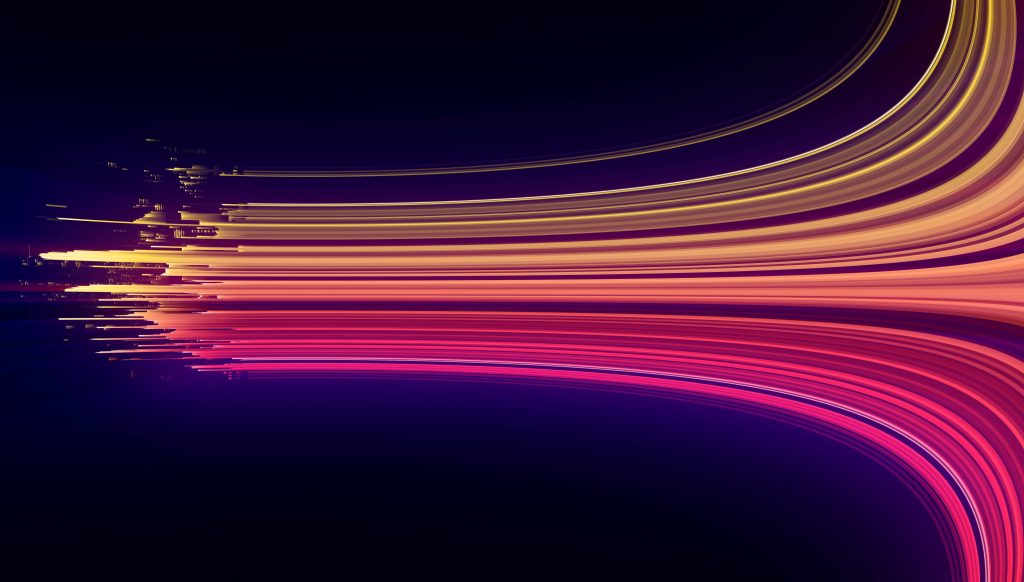Lit Fiber vs. Dark Fiber
April 7th, 2021

If you’ve done your research on fiber networks, you’ve probably heard that some networks use “lit fiber” and some use “dark fiber.” But what does that mean exactly? Don’t worry- we’re here to explain! First, let’s talk about how fiber networks work.
How fiber-optics work
Using light pulses to transmit information, fiber-optics are the fastest communication method on the planet. Optic fibers are super-thin strands of glass that light waves carrying data can travel through. The strand functions as a “light pipe” that transmits your data as pulses of light between the two ends of the fiber. There are also technologies that allow us to put multiple wavelengths across the same fiber strand and easily increase capacity. For more information about how our network works, check out our deep dive into fiber-optic technology in this blog post.
So, now you know a bit about how fiber-optics work. But are all fiber networks built the same? We don’t think so! We’ve already mentioned that some networks are built using dark fiber, and some are built with lit fiber. Let’s chat about what each of those terms mean.
Lit fiber networks
In a lit fiber network, the entire fiber-optic infrastructure is currently in use, AKA, “lit.” At UTOPIA Fiber, we operate a lit fiber network, which essentially means that the entirety of our network is active and currently being used to transmit data. Using a lit fiber model enables us to provide services such as cloud applications and high-capacity bandwidth infrastructure with the speed they need to function. A lit network also means the customer does not have to worry about the network infrastructure. UTOPIA Fiber takes care of the installation and maintenance of the fiber network.
Dark fiber networks
Some fiber providers operate on a dark fiber model. This means that at least some of their fiber infrastructure is not currently in use. Unlike lit networks, dark fiber networks don’t have any light pulses actively passing through them and are dormant. Often, dark fiber is used in urban areas and can be leased from an ISP to be managed privately. To the customer, that means that they or the service provider would be responsible for lighting the whole fiber path. This can become very expensive depending on the distance involved.
Benefits of operating a lit network
At UTOPIA Fiber, we firmly believe that a true open access network is a carrier-class active Ethernet network that is lit. We take this approach because it’s the best way to quickly connect our customers. Our fiber cables stretch from the Utah/Idaho border all the way to Las Vegas. By keeping our network “lit,” we’re able to enable our customers to sign up and start sending and receiving data right away through our fast and reliable fiber-optic cables.
When it comes to business connections, lit fiber provides customers with a fully managed service and no responsibility to maintain or operate the complicated equipment required to manage a fiber network. This can save time and money for IT teams and businesses. Have any questions? Reach out to us at communications@utopiafiber.com, we’d love to chat with you. And, to sign up for the fastest sp
